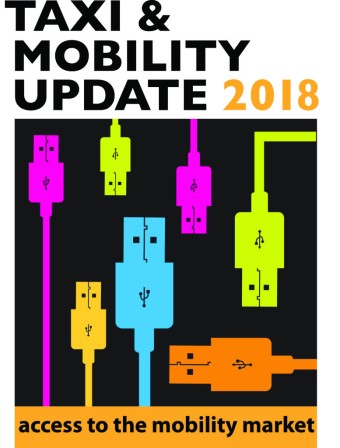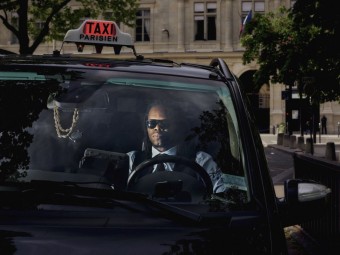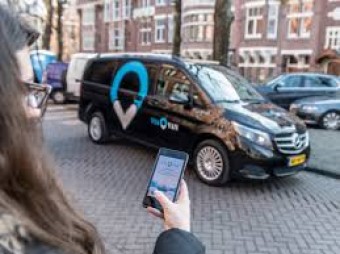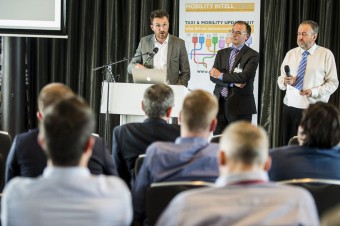Taxen-Union Hamburg: “The MOIA test operation with up to a 1.000 vehicles should not be approved”
“We urge the Hamburg Authority for Economics, Transport and Innovation, not to approve the request of the VW subsidiary MOIA to start a trial operation with up to a 1.000 vehicles from January 1, 2019,” stated Christian Brüggmann, First Chairman of the Taxen-Union Hamburg Hansa eV – the leading local taxi-association – today at the final rally of a large taxi demonstration. For such a test 50 to 100 vehicles would be sufficient, said Brüggmann. In addition, the authority still had to disclose what rights and obligations the new provider would have. MOIA wants to position herself between the public transport operator HVV and the taxis and has requested a trial operation over four years. “We have absolutely nothing against fair competition, but if up to 1.000 new vehicles are admitted to the approximately 3.000 taxis in the city of Hamburg, the existence of the Hamburg taxi operators is threatened. We as taxis have an duty to carry any client, we have fixed rates and we have an operational duty. MOIA has none of these duties. This we cannot allow”, Brüggmann said. That’s why he urged Hamburg’s economic authority to invite all interested parties to a round table.”
With 300 members the Taxen-Union Hamburg Hansa eV is the leading taxi-association which serves Hamburg taxi operators. Anyone of the over 2.000 taxi operators can join. It is a member of the national German taxi-association BZP.
- Taxen-Union Hamburg: “The MOIA test operation with up to a 1.000 vehicles should not be approved”








